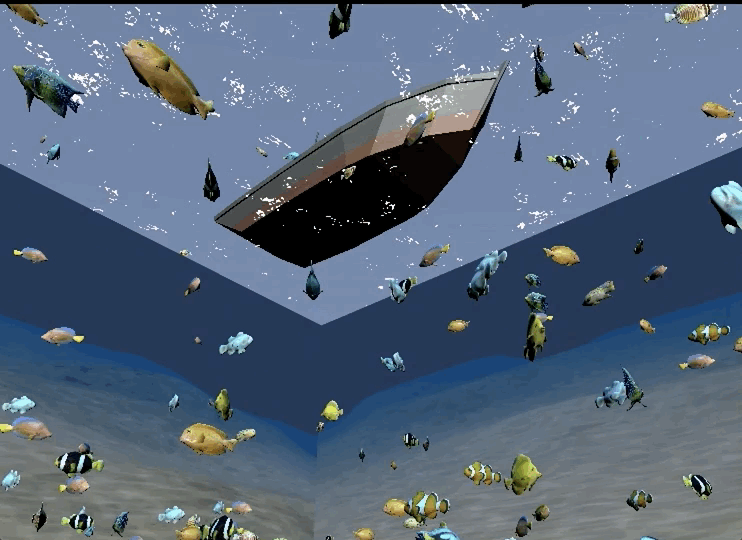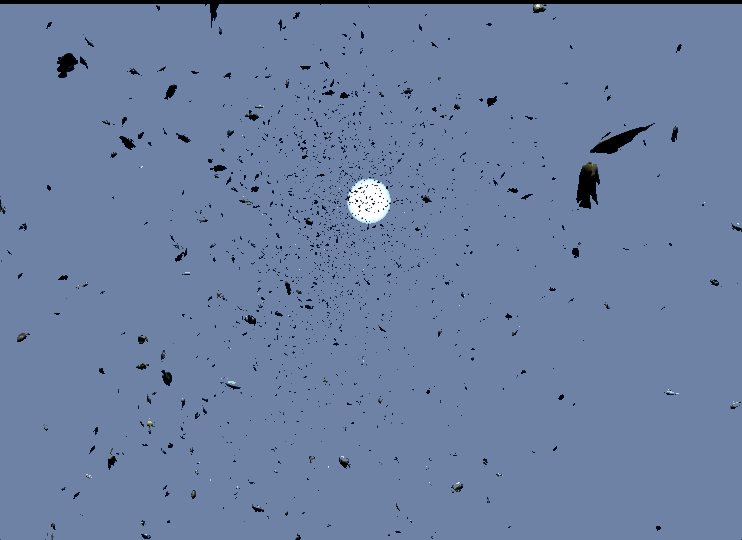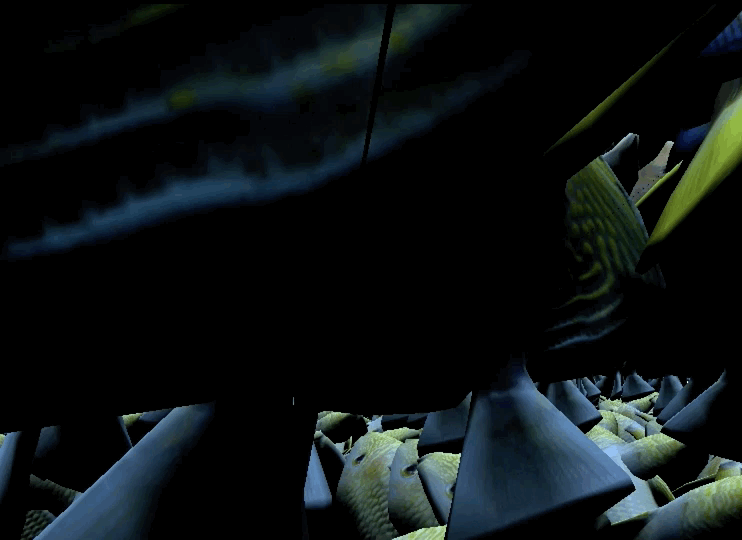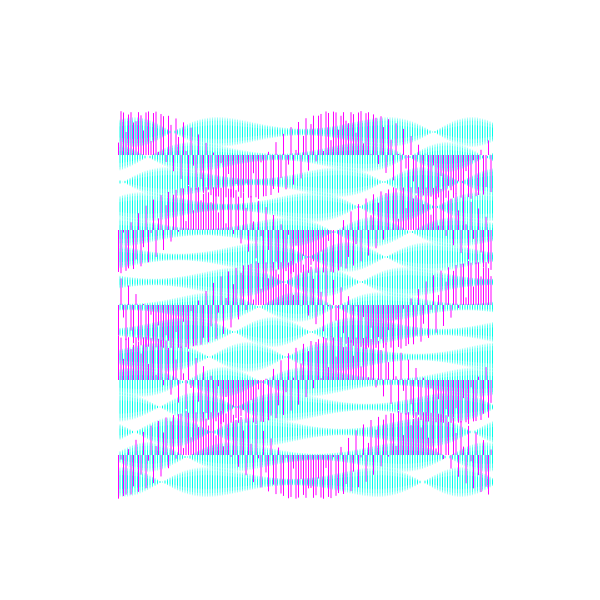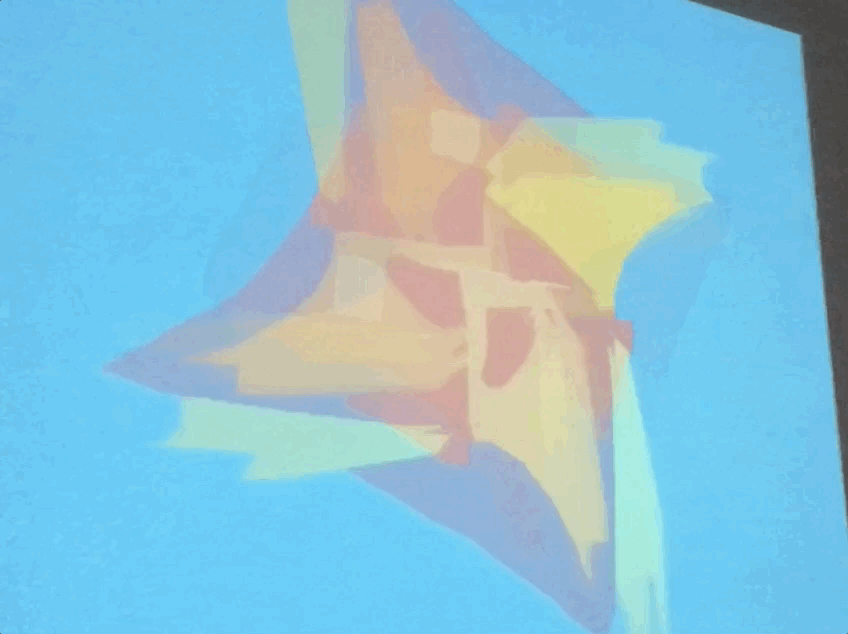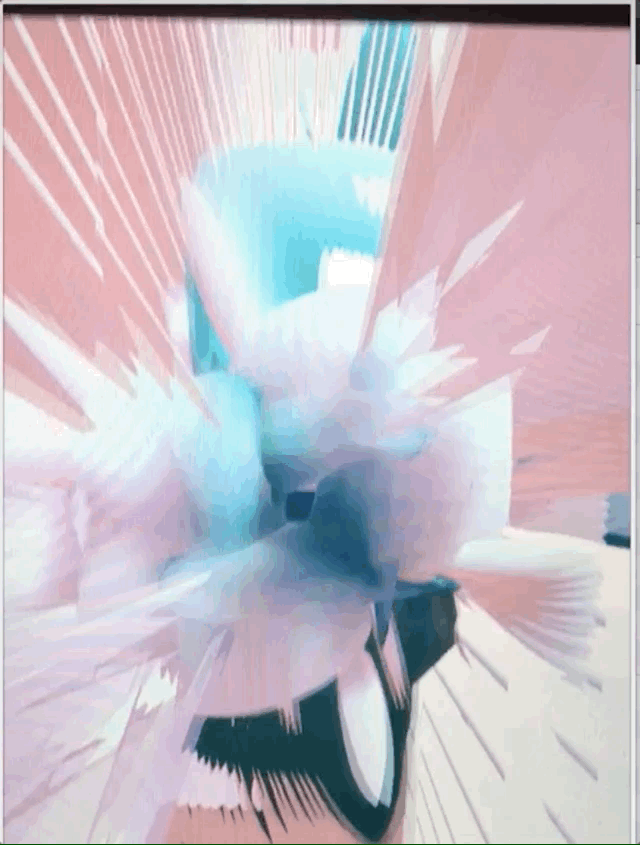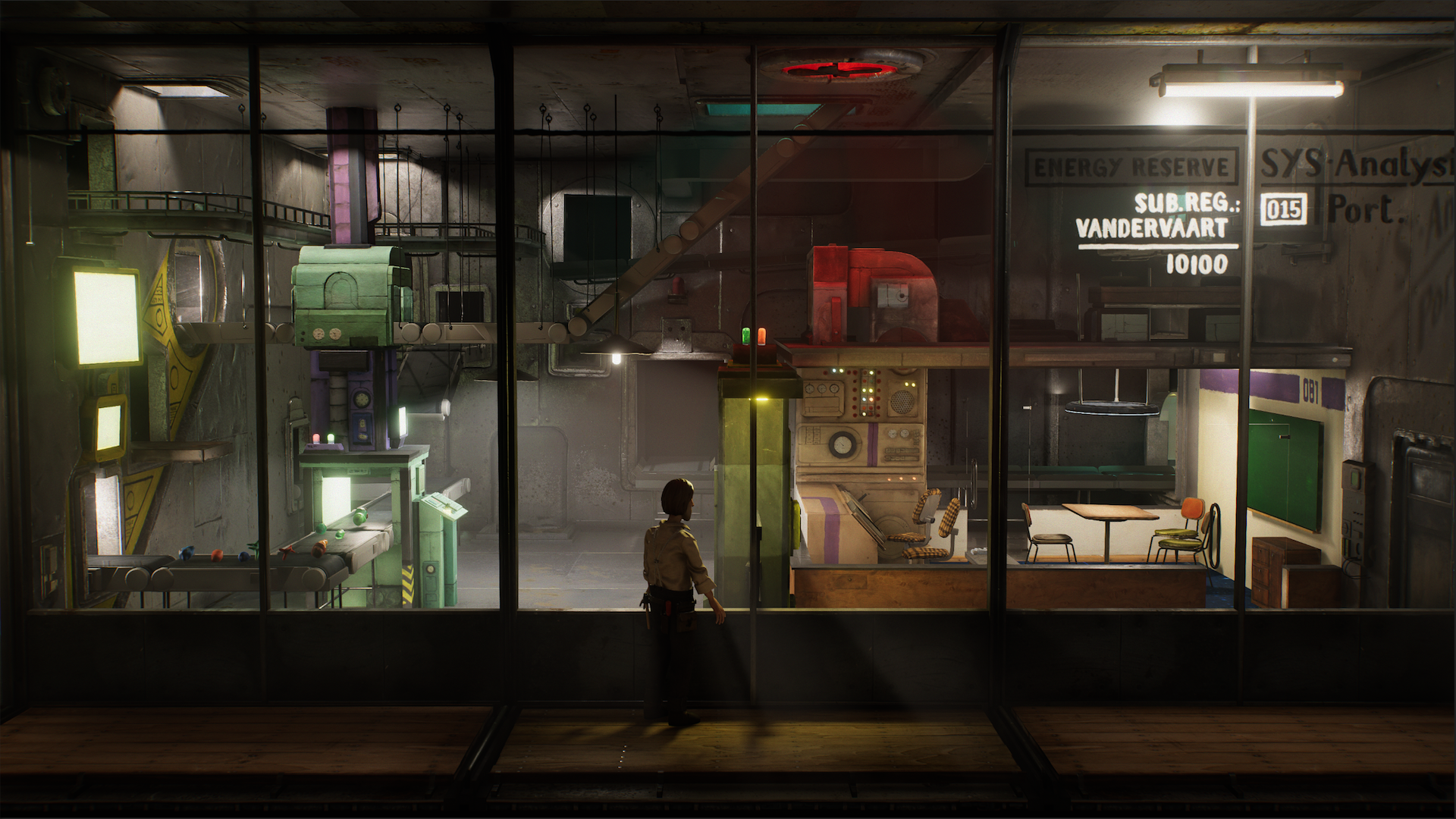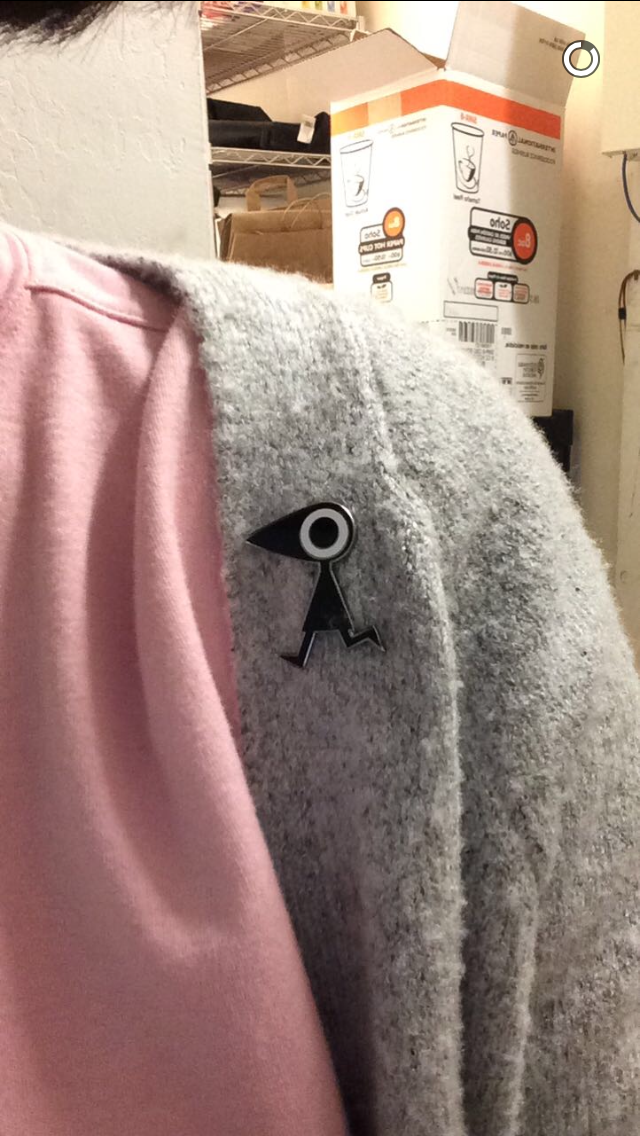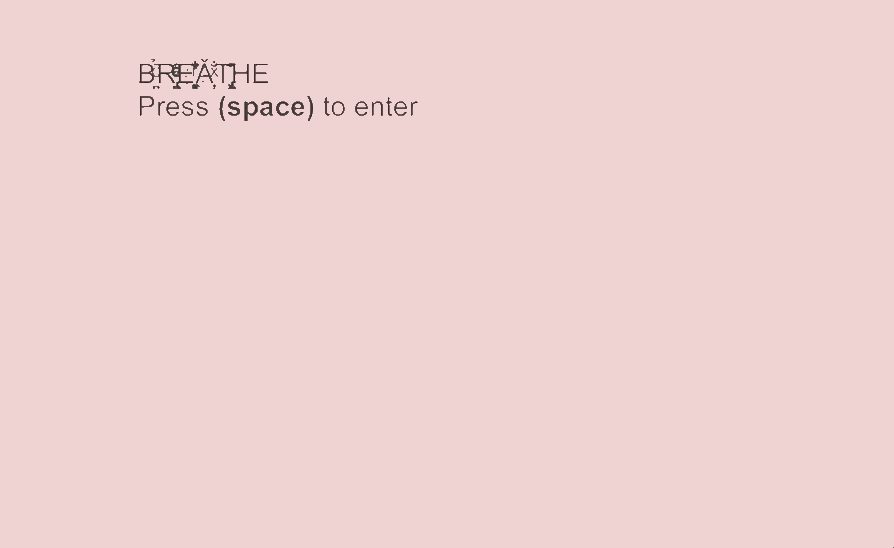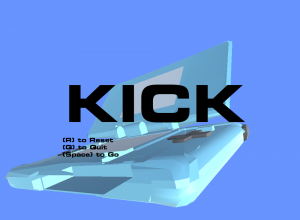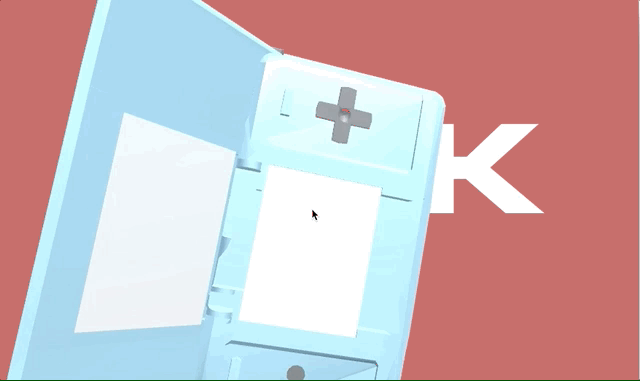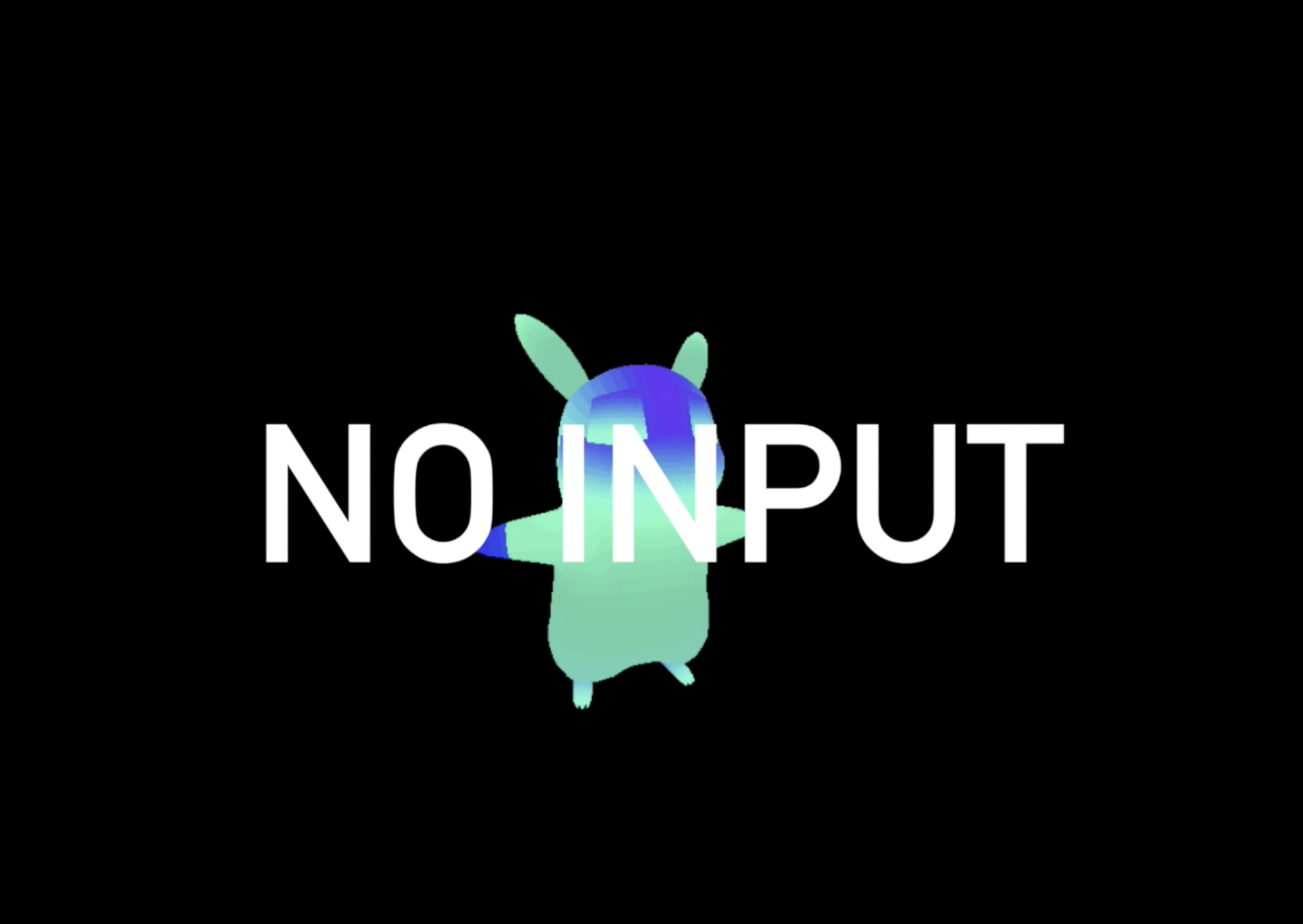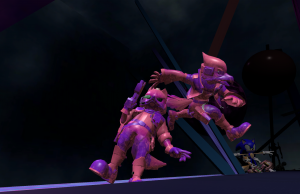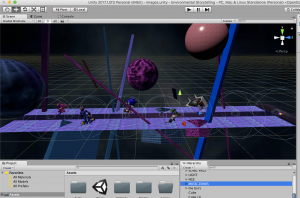I really enjoyed the tiny amount of time I spent at this event, though I wish I could have stayed for the QA. I was really looking forward to seeing what the other courses were creating. I was especially interested in the Doom mod class. I got to play a particular mod that had the player interacting with a cute illustration of a dog while your environment was full of flowers and trees, incredibly cute. I asked what the motivation was and they replied saying that they wanted to see how far away from the original source material they could get. The game reminded me of Proteus. Proteus is a procedurally generated walking-simulator that is incredibly low res, but the music and world is simply amazing; there are plenty of screenshot moments. Another game, though I was not able to play, was the modded Doom game that used a cassette player to interact with the game. I found this incredibly fascinating especially since they used an Arduino to achieve this. This motivated me to think about implementing alternative controls or input devices for my future projects in Unity.
This environment was very beneficial and I believe allows for others interested in the D.I.Y. attitude to pursue what they want to create. I had previously heard of ModLab, but I will try and see what else this group of students are doing. Did anyone notice the Vive lighthouses? Do I smell a VR Game Jam? Yo, where are the modlab moderators put me in touch!
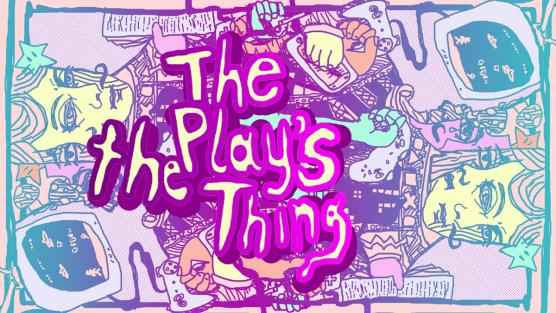 Thank you to all the speakers who came and congrats Patrick and Stephanie on the book!!
Thank you to all the speakers who came and congrats Patrick and Stephanie on the book!!

